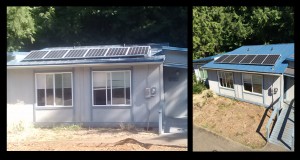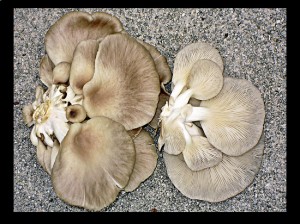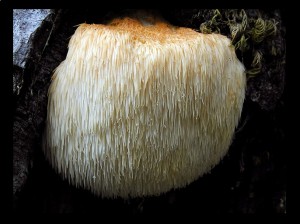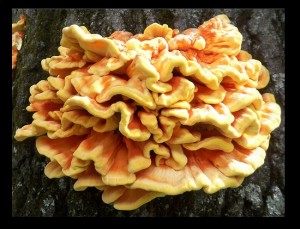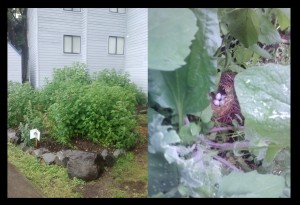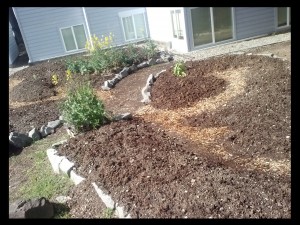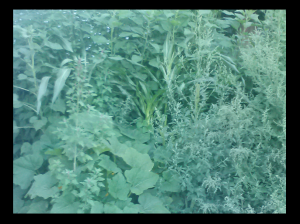By: Jean Gordon
So, we are reaching the dregs of the academic year. That is what they are. The dregs. And, if you live on campus, the most bitter part of downing the drink can be,
MOVING OUT OF THE DORMS.
Here is the thing:
getting prepared to leave is usually the last thing on our minds at this point. We are still dealing with our normal schedules, wrapping up class, (in my case) putting off drafting an eval, solidifying our summer plans, and tending to our social needs.
But, seriously. Moving out of the dorms should be on our collective radar. Leaving this task for eval week, in my experience, leads to strained muscles, limited time with friends, and a perpetual case of the grumps. It is never good.
One year, I only gave myself two days to move out of J building and this led to all the aforementioned symptoms as well as some pretty financially devastating fines.
In short, please give yourself time. Start now.
Need some help? I can give you some words, in two parts. First, general guidelines. Second, specifics that will save you time, money, and tears.
Here are some “big picture” guides from a popular cleaning blog, “Unf&*k your Habitat”. I like these guides because they incorporate low-impact, in terms of physical/emotional stress, methodologies. We all have different capacities and these posts account for that truth. Also, the author swears a lot. You’ve been warned. I find it cathartic, but that is my personal preference. Please email me if you need a censored guide (radsustainability@evergreen.edu).
Moving resource
Cleaning resource
Twenty minutes of work makes a big difference. So start RIGHT NOW!
Now, I am going to be running y’all through some very specific-to-Evergreen-housing tutorials. My basic prompts in penning these are as follows.
1) Saving you money. These tutorials will help you avoid fines.
2) Using cheap and ecologically responsible cleaning agents
3) Making the steps for moving out as clear and linear as possible. A positive move-out process is probably within your reach.
Also, we will be referencing ecologically-friendly diy cleaning supplies. .They tend to be cheap; you can get them all at grossout/dollar tree. Sticking to these will save you time. They are also really effective. In addition, you may take a look at our “Green Cleaning Supplies” post from awhile back. It is a good starting point for folks who are interested in learning more about making their own cleaning supplies.
TRASHING:
Greeners, please take everything that belongs to you OUT OF your space. Do not leave anything behind. This is the most common way to get fined.
Remove all trash and belongings.
Have too much stuff to move? Need to lighten your load? You can donate shoes, purses, bedding, unused bath items, knick knacks, house wares, and various small household items right here on campus. However, the service we are partnering with is NOT taking furniture, televisions, appliances, computers, and monitors. Please keep this in mind.
Donation pick ups are scheduled as such:
- 3-6pm, Monday (June 9th) – Courtyard
- 3-6pm, Wednesday (June 11th) – Soup Loop
- 3-6pm, Friday (June 13th) – HCC
These are the only pick up times.
Now, moving on to the dorm-specific cleaning tutorials.
SHOWERS:
The high humidity in the showers can lead to mildew development. This can cause damage and by extension…be very costly. Indoor molds and mildews can cause serious air quality issues and can cause or exacerbate respiratory conditions. As a rule of thumb, if there are blackened areas on the floors or corners of your shower, you have mildew. They can also be orange, white, or a variety of colors. Here are some easy tips for cleaning showers.
Hydrogen peroxide is completely natural and kills most molds. Mix 1 part Hydrogen peroxide with 2 parts water in a spray bottle and apply it to any moldy areas. Let it sit for up to an hour. For tubs or floors with a buildup of soap scum, you can leave baking soda on a damp tub surface for 15-30 minutes and then scrub with a toothbrush or a similar, soft-bristled cleaning tool. Is this still not doing the job? Wipe the tub down with some vinegar and then follow with baking soda. This will act like a scouring powder and should make the job relatively easy. WATCH OUT though. This can dissolve the grout around the seam between the wall and the tub. Please don’t scrub out the grout.
TOILET:
Toilets are often seen as the nastiest thing to clean in a house, but it can be done with very little effort. Baking soda comes in handy again: sprinkle a layer of it onto the inside of the toilet bowl and let it sit for half an hour, scrub the bowl, and flush. I once moved into a house with tons of black mold colonies in the toilet bowl and this took care of it in one application. For serious messes, pour some vinegar in the toilet bowl and let it soak for a few hours and then flush.
Also, if a toilet seems clean but you cannot shake the smell of urine, it is often due to a dirty toilet base or floor. Don’t forget to clean the base of the porcelain throne and the floor around it.
FRIDGE (mini fridges and fullsized fridges):
One way that people often end up with fines is because of the refrigerator. One of the easiest ways to avoid fines is to REMOVE EVERYTHING FROM THE FRIDGE AND FREEZER. It does not take much time and it is a lifesaver.
Then, remove racks and spritz the whole interior with vinegar. Let is soak for 15-20 minutes. The smell will dissipate. Give everything a wipe down (including the racks and the shelves). Go over everything again with water and a hand towel. BOOM.
OVEN:
Remove any charred spills and chunks with a non-metallic brush or sponge. Mix baking soda, salt, and enough hot water to make a paste. Apply to oven surfaces and let stand for a few minutes or overnight. Scrub with scouring pad and water. Pick the paste off any oven racks and heating elements! Another good trick is to line the bottom of your stove with aluminum foil.
So, those are the essentials. One more thing.
PRO-TIP: Don’t fill in pinholes on your walls with toothpaste. It does not work.
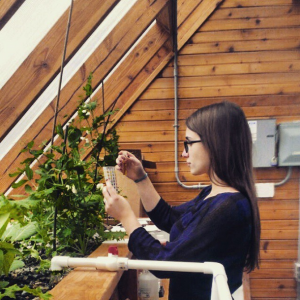 also paying for calcium and potassium API Water testing kits so we can better understand the nutrient levels cycling in the water. Ammonia, Nitrite, Nitrate, and pH levels are tested daily.
also paying for calcium and potassium API Water testing kits so we can better understand the nutrient levels cycling in the water. Ammonia, Nitrite, Nitrate, and pH levels are tested daily.